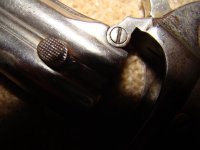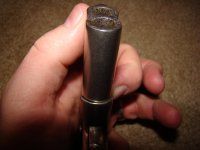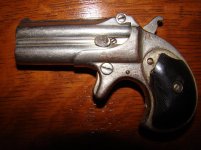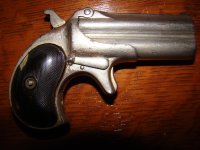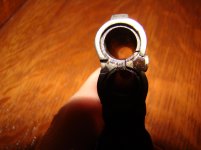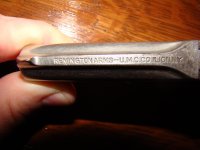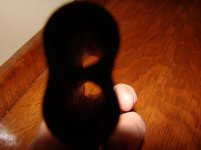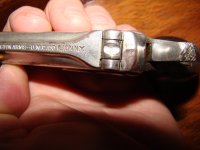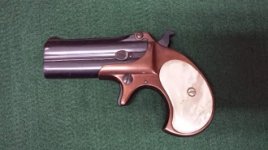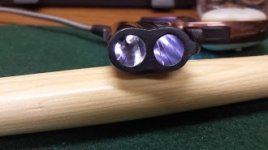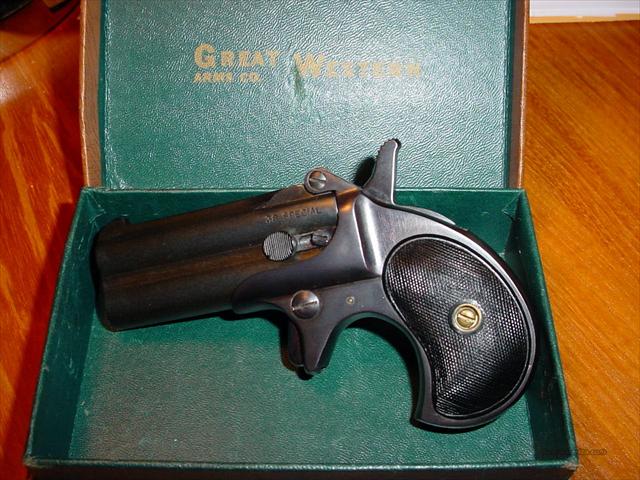DavidFagan
Inactive
Do you mean variation vs issue? This designations were probably made before I was born I just go with what is commonly accepted by collectors of these pieces. Even the Blue Book and Flayderman's differ on the terminology. The Type's were based on the company's owner, E. Remington, Remington Arms, and Remington UMC, that makes sense I guess. The Model is markings significantly different and forced when the maker changed.
Type I From the sides (with 3 variations)
Manufactured by ... This is the first 200 where Remington actually made them for Elliot and hadn't purchased the rights to (only 24 known to exist). The rest of the serials up to about 2,000 didn't have the manufactured by. Somewhere late in the game but not by serial I guess just what was on the shelf left or maybe sent back I believe all however after 1600 and there's also not a heck of a lot of them out there, they cut in ejector which of course cut in to the patent information. I assume that's why they went to the two-line address on the top (still 1st type 2nd model).
From then on it was one line on top.
Anyhow for changes in each Type you can see that the hinges kept getting larger and larger which is of course the weak spot and something you need to always check if buying one. There is also changes in the mechanism that controls the firing pin and spring. I don't remember off-hand exactly when changes were made, I'm not sure if this is even in a book or I would just have to go take some apart.
As for other visible changes, other then hinge size, and roll stamp the III type 5th Model nicknamed a mono-block there is no rib.
Here is a picture, they made 500 of this model, this is actually the only one known to exist in original nickel the majority of type III's are blue (look black) this is also the last serial no known to exist.

Type I From the sides (with 3 variations)
Manufactured by ... This is the first 200 where Remington actually made them for Elliot and hadn't purchased the rights to (only 24 known to exist). The rest of the serials up to about 2,000 didn't have the manufactured by. Somewhere late in the game but not by serial I guess just what was on the shelf left or maybe sent back I believe all however after 1600 and there's also not a heck of a lot of them out there, they cut in ejector which of course cut in to the patent information. I assume that's why they went to the two-line address on the top (still 1st type 2nd model).
From then on it was one line on top.
Anyhow for changes in each Type you can see that the hinges kept getting larger and larger which is of course the weak spot and something you need to always check if buying one. There is also changes in the mechanism that controls the firing pin and spring. I don't remember off-hand exactly when changes were made, I'm not sure if this is even in a book or I would just have to go take some apart.
As for other visible changes, other then hinge size, and roll stamp the III type 5th Model nicknamed a mono-block there is no rib.
Here is a picture, they made 500 of this model, this is actually the only one known to exist in original nickel the majority of type III's are blue (look black) this is also the last serial no known to exist.



